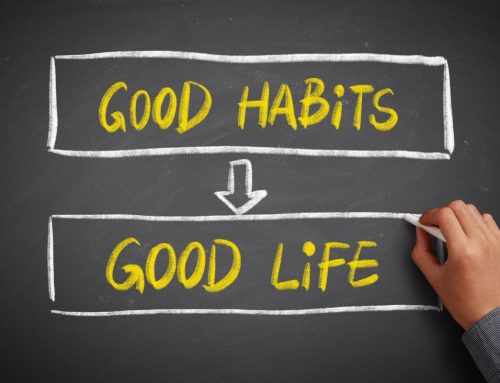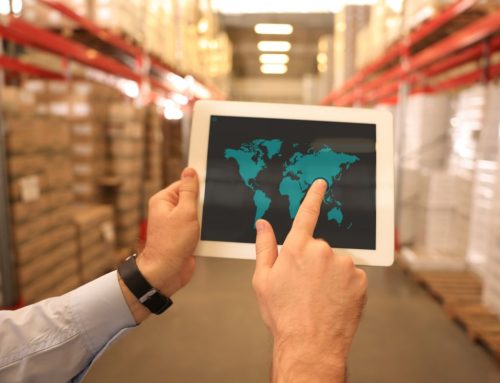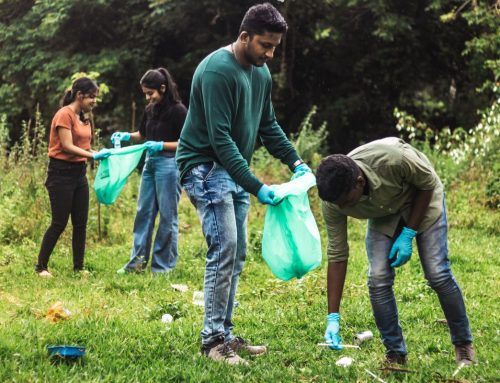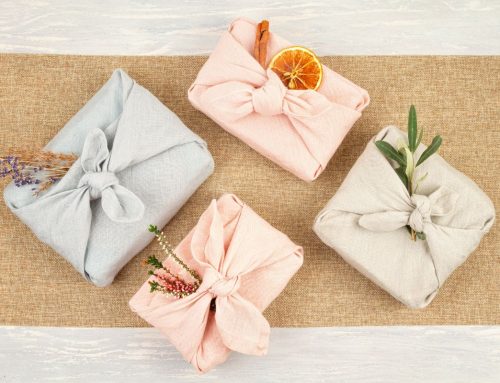As the summer approaches its end and the new school year draws near, it’s time to start thinking about how we can make this year’s back-to-school experience more sustainable. From reusable supplies to environmentally-friendly modes of transportation, there are plenty of ways to reduce your carbon footprint and contribute to a better future for our planet. Here are some sustainable back to school tips to consider.
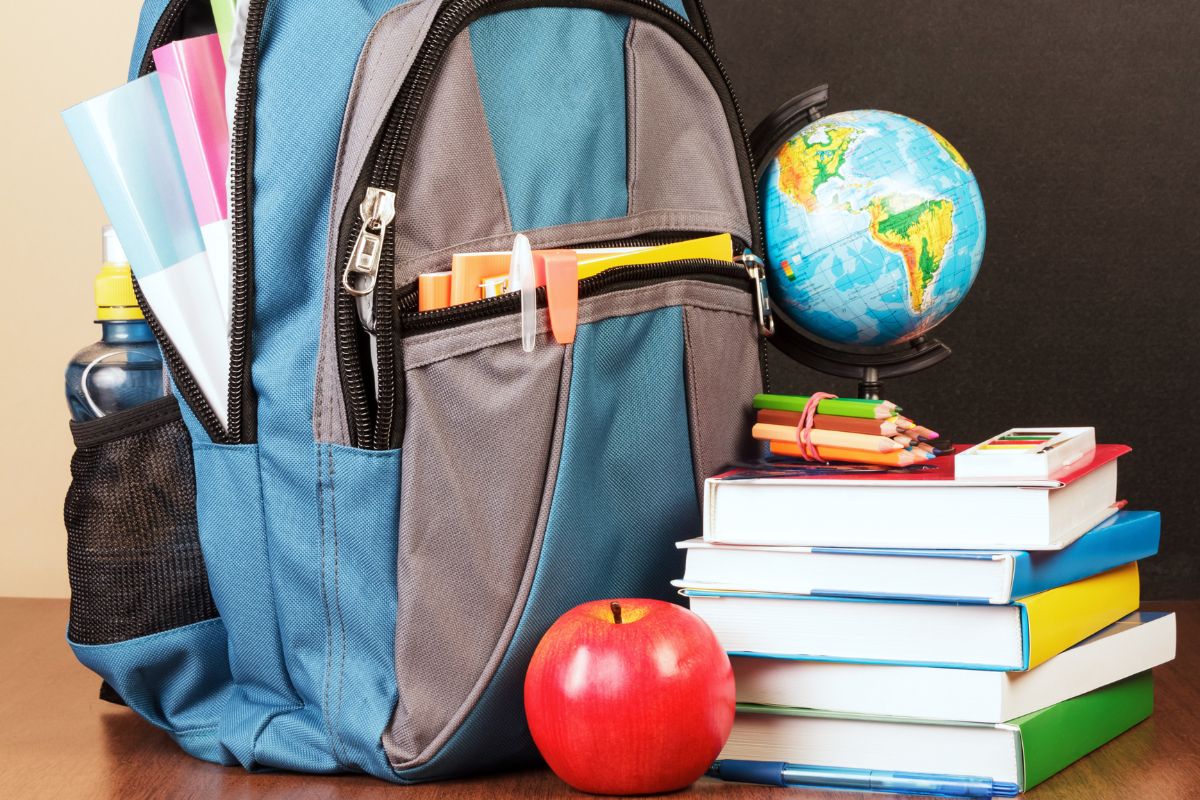
Ways to be sustainable at back to school
1. Remember the three green Rs (reduce, reuse and recycle)
Firstly, we consider it very important to remember the three Rs in our home on a daily basis. In our blog, we explain the importance of 5R’s. By implementing these principles into our daily lives, we can make a significant impact on sustainability. Embrace reducing waste by opting for eco-friendly school supplies, embracing secondhand options, and packing waste-free lunches. Practice reusing by personalizing and upcycling items, promoting digital learning, and encouraging nature appreciation. Prioritize recycling by implementing recycling programs, advocating for sustainable energy practices, and leading by example. By incorporating these principles into our back-to-school routines, we nurture our planet and future generations, creating a greener and more sustainable future for all.
2. Choose a sustainable backpack
Opt for backpacks made from recycled materials or natural fibers, such as hemp or organic cotton. These materials are eco-friendly and tend to last longer than traditional bags, reducing the need for frequent replacements and waste.
3. Use a reusable water bottle
Instead of buying single-use plastic water bottles, invest in a high-quality reusable bottle that can be refilled time and time again. This will not only save you money in the long run, but also help prevent plastic waste from ending up in landfills.
4. Pack a waste-free lunch
Packing a healthy lunch for your child is important, and doing so while minimizing waste is even better. Use reusable containers and utensils instead of disposables like our products, and consider packing organic and locally sourced products to reduce your carbon footprint. Both Boc’n’Roll and Snack’n’Go are the perfect yet fun lunch packing options for your kids
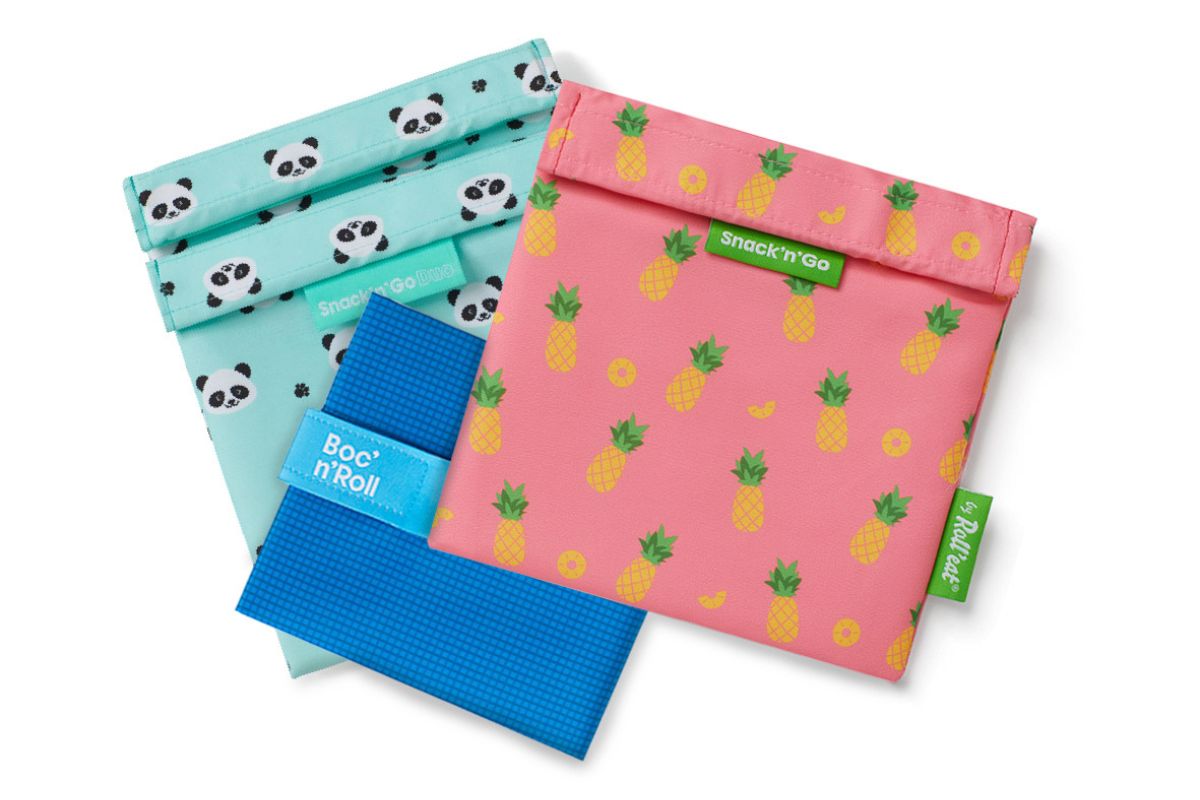
5. Choose eco-friendly school supplies
When it comes to school supplies, it’s important to choose eco-friendly and non-toxic options. Look for products that are made from recycled materials or choose reusable options, such as refillable pens or whiteboards that can be used over and over again.
6. Buy used textbooks
Used textbooks are often available for half off or more in bookstores, and websites such as Amazon Textbook Rentals which also carry a broad selection of used titles. Renting or buying used textbooks is an increasingly popular option that helps reduce the number of books being created, which can save millions of trees.
In fact, according to the Environmental Paper Network, if the U.S. reduced its paper consumption by 10 percent annually, we could save enough energy to power 228,000 homes, conserve 11 billion gallons of water, and prevent carbon emissions equivalent to removing 279,000 cars from the road!
7. Walk, bike, or take public transportation to school
Reducing your carbon footprint can start before you even arrive at school. Walking, biking, or taking public transportation can help reduce emissions and cut down on traffic, making for a cleaner and more sustainable commute.
8. Participate in a clothing swap
Instead of buying new clothes for the school year, consider participating in a clothing swap with friends or classmates. This is a great way to refresh your wardrobe without contributing to the fast fashion industry’s negative environmental impact.
9. Foster Gardening and Nature Appreciation
Create opportunities for students to engage with nature by incorporating gardening activities into the curriculum. Establish school gardens where students can learn about sustainable agriculture, composting, and the benefits of locally grown produce. Encourage outdoor lessons and nature walks to foster a deeper appreciation for the environment. These experiences promote environmental stewardship and provide valuable hands-on learning opportunities.
10. Encourage Digital Learning
Embrace digital learning tools to reduce paper consumption. Utilize online platforms for assignments, reading materials, and communication between teachers and students. Encourage students to use digital note-taking and organizational tools to minimize the need for excessive paper usage. By incorporating technology into education, we reduce our impact on forests and promote a more sustainable learning environment.
11. Teach your children about sustainability
Learning about sustainability is not only important for the planet, but also for our children’s future. Encourage your child to participate in sustainable practices and educate them about the importance of taking care of our environment. It is also important to teach them about healthy eating habits from a young age.
12. End of year gifts for students
At the end of school, these gifts will be potentially long-lasting as well as creating a bond of appreciation. These end of year gifts for students will be a token of appreciation for their hard work and also a reminder of their achievements.
Each gift reflects a personality and interest in the student, making the end of the school year an event to remember.
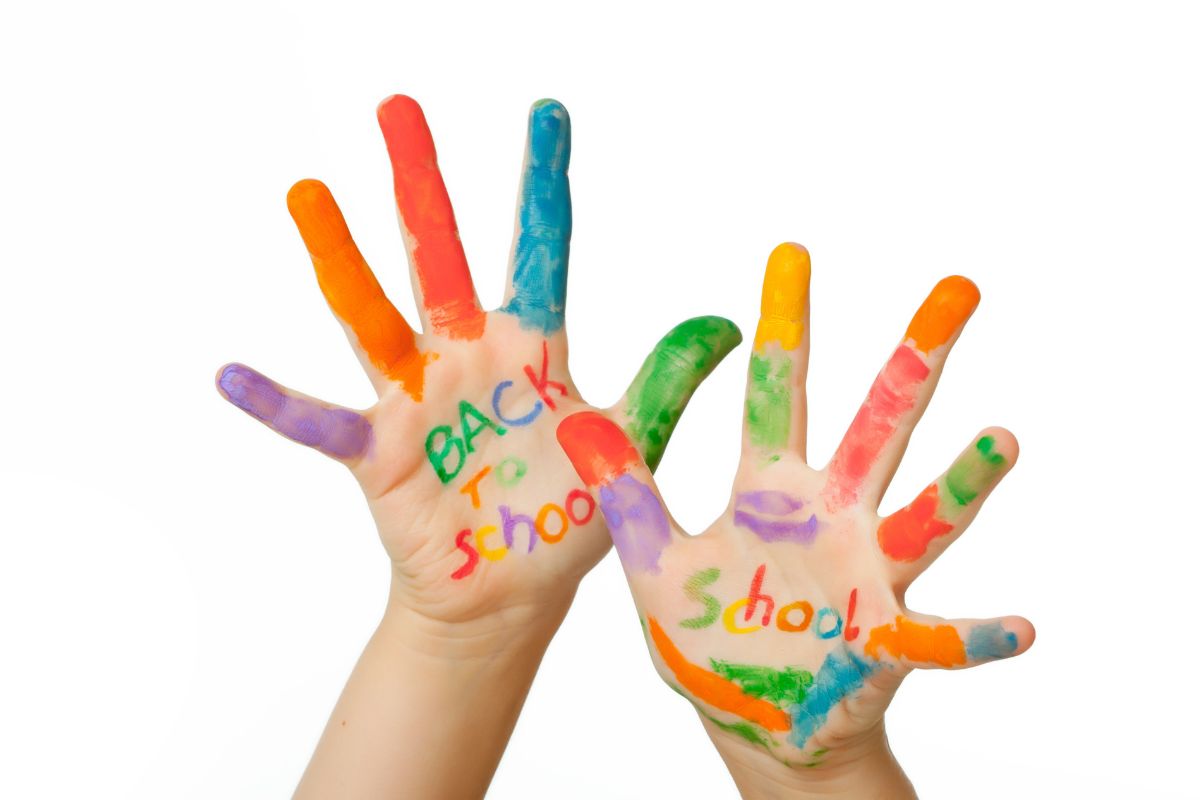
Sustainable back to school with Roll’eat
By following these sustainable back-to-school tips, you can make a difference in the health of our planet. Whether it’s through using reusable products, choosing eco-friendly supplies, or reducing your carbon footprint, every small step counts towards a more sustainable future. Being sustainable at back to school with Roll’eat is a great way to reduce waste and promote eco-friendly habits. Our products are the best reusable, eco-friendly alternatives to single-use items like plastic bags and aluminum foil.

